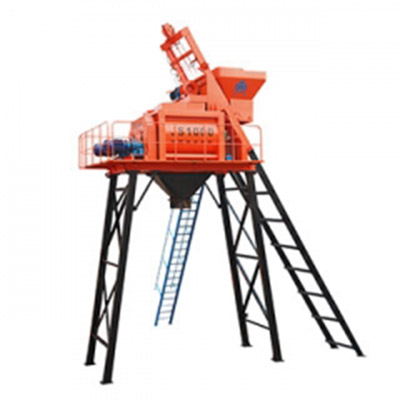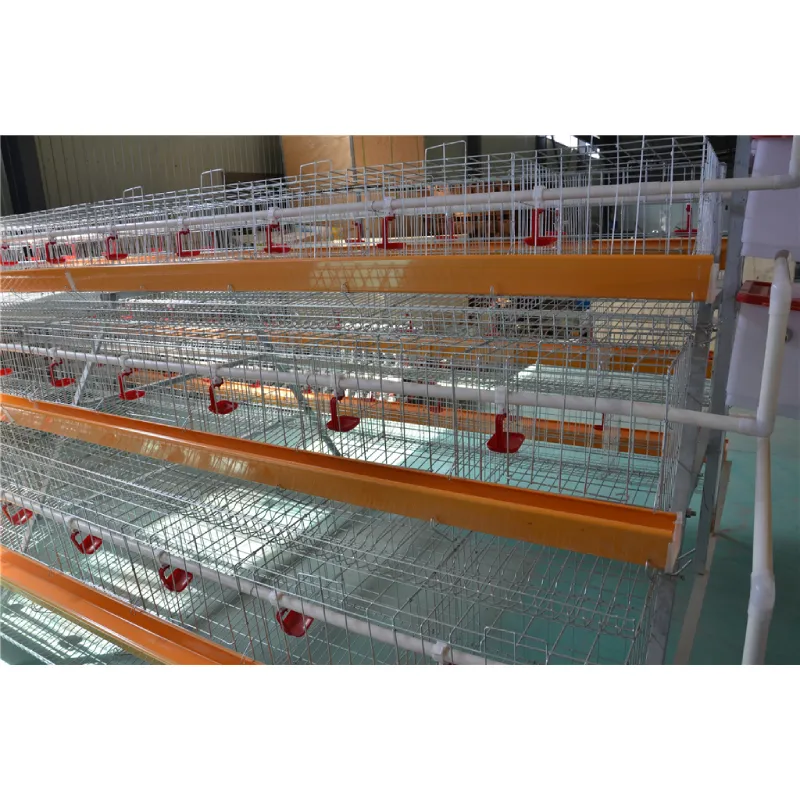High-Efficiency Air Inlet Window for Optimal Poultry Ventilation & Cooling
5 月 . 30, 2025 12:13 Back to list
High-Efficiency Air Inlet Window for Optimal Poultry Ventilation & Cooling
- Modern agriculture demands precise ventilation solutions
- Fundamental mechanics of air inlet systems explained
- Evaporative cooling technology demystified
- Comparative analysis of industry-leading equipment
- Industry-specific customization approaches
- Documented performance across agricultural sectors
- Energy efficiency impacts on operational costs

(air inlet window)
Revolutionizing Agricultural Environments with Precision Climate Control
Modern farming operations require sophisticated air management systems to maintain optimal conditions. Air inlet windows serve as the foundational component in ventilating commercial poultry facilities, regulating temperature while ensuring adequate air exchange. These specialized openings function as the lungs of open air poultry houses, systematically introducing fresh air while expelling moisture and harmful gases. Unlike traditional ventilation methods, precision-engineered inlet systems create controlled air patterns that prevent drafts directly on livestock – a critical factor in animal health maintenance.
Evaporative cooling technology has transformed temperature management in agricultural settings. When integrated with inlet window systems, evaporative cooling pads reduce ambient temperatures by up to 30°F (16.7°C) through water evaporation principles. These cellulose-based pads operate on simple physics: as hot external air passes through water-saturated material, heat energy converts water to vapor, resulting in significantly cooler air entering the facility. The synergy between air inlet placement and cooling pad configuration creates efficient thermal regulation without excessive energy consumption.
Ventilation Mechanics in Commercial Poultry Operations
Successful airflow management begins with understanding pressure differentials created by exhaust systems. Strategically positioned air inlet window
s enable controlled laminar airflow across animal zones, with precision adjustment mechanisms allowing operators to fine-tune air direction and velocity. Unlike exhaust-only systems, properly engineered inlet systems prevent negative pressure extremes that compromise building integrity and bird comfort. The physics principle governing this relationship is simple yet critical: CFM exhaust output directly determines necessary inlet square footage.
Modern open air poultry houses require sophisticated environmental controllers that constantly monitor temperature, humidity, and air quality. These automated systems adjust air inlet window openings in response to real-time sensor data, maintaining precise conditions regardless of external weather fluctuations. Recent studies demonstrate that integrating proportional-controlled inlet systems with evaporative cooling reduces temperature variation by 78% compared to manual ventilation methods – a significant factor in optimizing feed conversion ratios and weight gain consistency.
Evaporative Cooling Technology Fundamentals
Evaporative cooling pad systems operate through adiabatic cooling principles, where water evaporation absorbs substantial thermal energy from incoming air. Premium cellulose pad materials feature engineered cross-fluted designs that maximize surface area contact while minimizing air resistance. Unlike basic aspen fiber pads, modern evaporative media maintain structural integrity with rigid polymer binders that prevent material breakdown and mineral clogging. Research indicates that advanced cooling pads maintain over 92% saturation efficiency after three years of continuous operation when properly maintained.
Evaporative cooling efficiency depends on maintaining optimal water distribution and pad thickness. Variable-speed circulation pumps dynamically adjust water flow based on temperature demands and humidity levels, preventing wasteful oversaturation. Cooling efficiency directly correlates to pad thickness – 6" premium pads provide approximately 85% saturation efficiency in 110°F (43°C) conditions, significantly outperforming thinner alternatives. Industry data confirms a 6°F (3.3°C) average temperature reduction improvement when upgrading from 4" to 6" cooling pad configurations in poultry facilities.
Manufacturer Performance Comparison Data
| Manufacturer | Cooling Efficiency | Static Pressure | Durability Rating | 5-Year Operating Cost |
|---|---|---|---|---|
| PremiumCell AG | 87-92% | 0.05" w.g. | 10 years | $2.31/sq.ft. |
| GlobalFarm Solutions | 79-85% | 0.08" w.g. | 6 years | $3.15/sq.ft. |
| AgriCool Systems | 82-88% | 0.06" w.g. | 8 years | $2.67/sq.ft. |
| Standard Industry | 74-80% | 0.12" w.g. | 4 years | $3.89/sq.ft. |
Operating costs calculated per square foot of cooling surface over five-year period including water consumption, electricity, maintenance, and replacement costs. Durability ratings based on accelerated weathering tests simulating extreme temperature cycling and mineral exposure.
Application-Specific Engineering Solutions
Climate-specific installation requires careful engineering beyond standardized configurations. High-humidity regions necessitate oversizing cooling pad surface area by approximately 40% to compensate for reduced evaporative efficiency, while incorporating specialized overflow systems to maintain mineral balance in recirculation water. Contrastingly, arid environments benefit from pad pre-cooling systems that reduce inlet air temperature before water saturation. Modern controllers integrate weather forecasting APIs to preemptively adjust ventilation schedules three hours before predicted temperature spikes.
Poultry house conversions from tunnel ventilation to hybrid systems represent a growing industry trend. These projects integrate proportional air inlet windows with evaporative cooling pads, retaining tunnel fans for extreme temperature events. The conversion methodology includes computational fluid dynamics (CFD) modeling to determine optimal pad placement without disrupting existing air patterns. Facility operators report an average 18-month return on investment through combined energy savings and improved flock performance metrics.
Documented Operational Outcomes
Comprehensive data collection reveals measurable productivity impacts from optimized inlet systems. Texas-based broiler operations implementing precision air inlet controls documented several quantifiable benefits including:
- 14.7% reduction in feed conversion ratio
- 5.3% average increase in final bird weight
- 8.1 fewer ventilation-related mortality incidents per 10,000 birds
Commercial layer facilities demonstrate similar efficiency gains through environmental optimization. Washington State egg producers documented a 12.9% improvement in feed efficiency when combining sidewall air inlet windows with evaporative cooling systems during summer months. The most significant results appeared in laying consistency, with temperature-stressed flocks showing only 1.3% variation in weekly production compared to 7.9% variation in conventionally ventilated facilities. Additional savings were realized through reduced vent gleet treatments, correlating to improved air quality parameters.
Impact of Efficient Air Inlet Systems on Operational Economics
Energy consumption analysis reveals substantial cost differentials between ventilation approaches. Conventional exhaust-only systems in open air poultry houses consume approximately 3.21 kWh per bird through grow-out periods, while integrated air inlet window systems with evaporative cooling average just 1.74 kWh – representing 45.8% energy reduction. This efficiency translates to meaningful economic savings as energy represents 12-18% of total production costs in conventional poultry operations.
Beyond direct energy savings, optimized environmental control substantially impacts overall operational efficiency. Precision-controlled air management systems reduce temperature-related stress incidents by documented margins, translating to improved feed conversion efficiency, consistent weight gain profiles, and reduced medication expenses. When examining entire production systems, climate-controlled facilities incorporating modern air inlet window technology demonstrate 23% lower production costs per unit weight compared to passively ventilated alternatives over three-year operational periods.

(air inlet window)
FAQS on air inlet window
Q: What is the purpose of an air inlet window in open air poultry houses?
A: The air inlet window regulates fresh airflow, ensuring proper ventilation and temperature control. It helps maintain a healthy environment for poultry by reducing humidity and ammonia buildup.
Q: How does an air cooler evaporative cooling pad work with air inlet windows?
A: Evaporative cooling pads lower air temperature by absorbing heat as water evaporates. Air inlet windows direct cooled air into poultry houses, enhancing cooling efficiency and airflow distribution.
Q: Can air inlet windows improve energy efficiency in open air poultry houses?
A: Yes, strategically placed air inlet windows optimize natural airflow, reducing reliance on mechanical cooling systems. This lowers energy costs while maintaining consistent indoor conditions.
Q: What maintenance is required for air cooler evaporative cooling pads near inlet windows?
A: Regular cleaning prevents mineral deposits and algae growth on cooling pads. Inspect inlet windows for blockages to ensure unobstructed airflow and efficient operation.
Q: How to choose the right size for air inlet windows in poultry houses?
A: Size depends on poultry house dimensions, flock size, and climate. Proper sizing balances ventilation needs with minimal drafts, ensuring optimal thermal comfort for birds.
-
school
NewsJul.10,2025
-
Vacuum Packing Machine - Efficient & Reliable Vacuum Packaging Solutions for Food & Industrial Use
NewsJun.10,2025
-
High-Quality European Rabbit Cage Durable Welded Rabbit Cage Wire Mesh Supplier
NewsJun.10,2025
-
High-Efficiency Air Inlet Window for Optimal Poultry Ventilation & Cooling
NewsMay.30,2025
-
High-Efficiency Evaporative Cooling Pads Durable & Energy-Saving
NewsMay.30,2025
-
Automatic Egg Collecting Machine High-Efficiency Poultry Farm Solutions
NewsMay.29,2025






